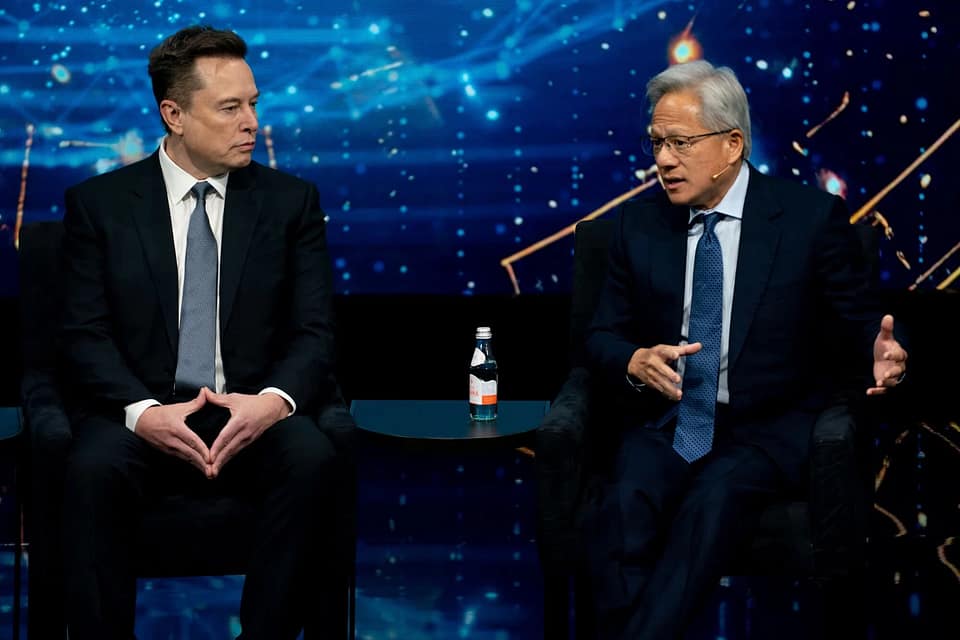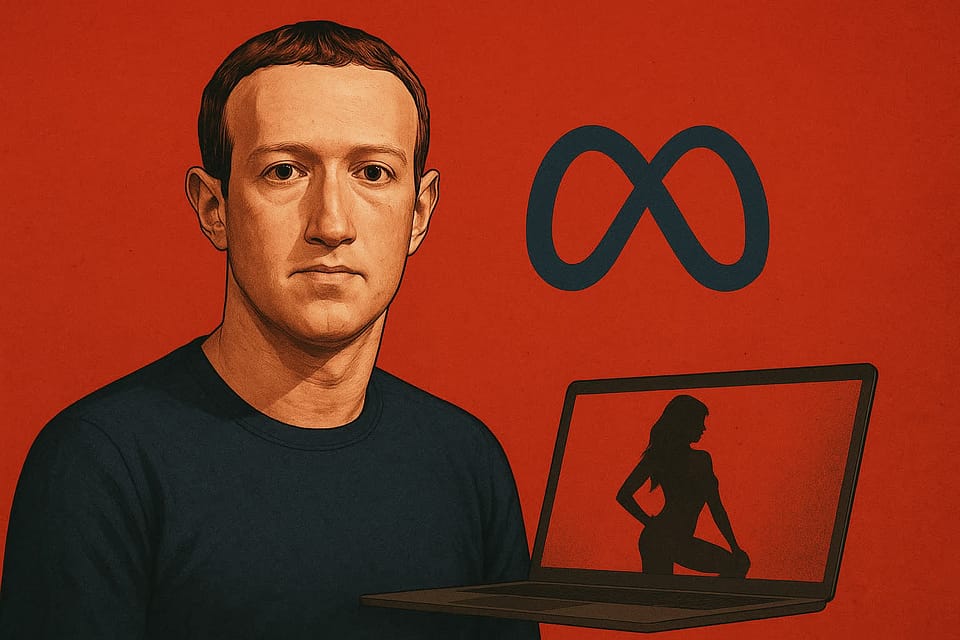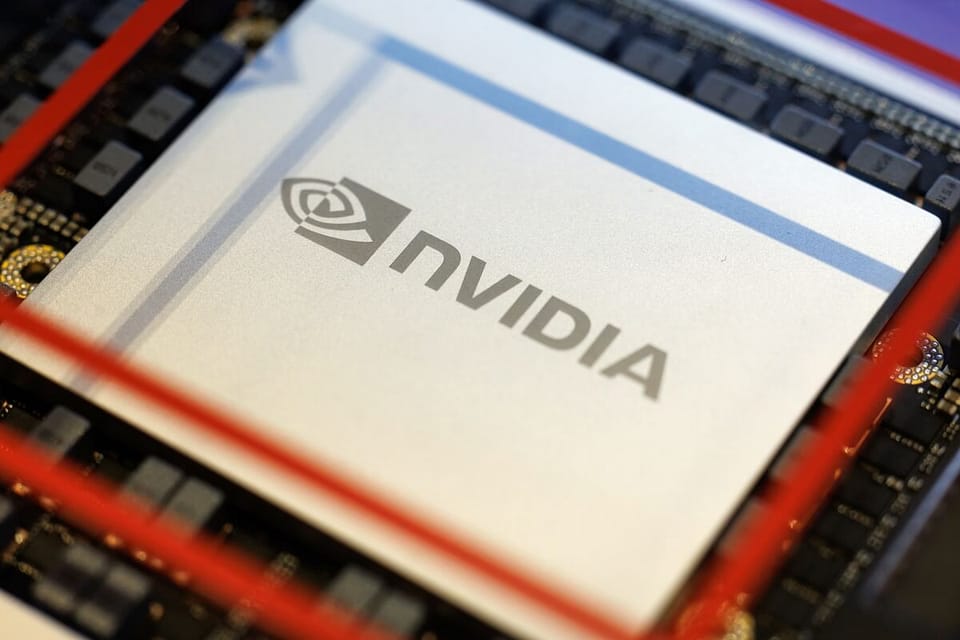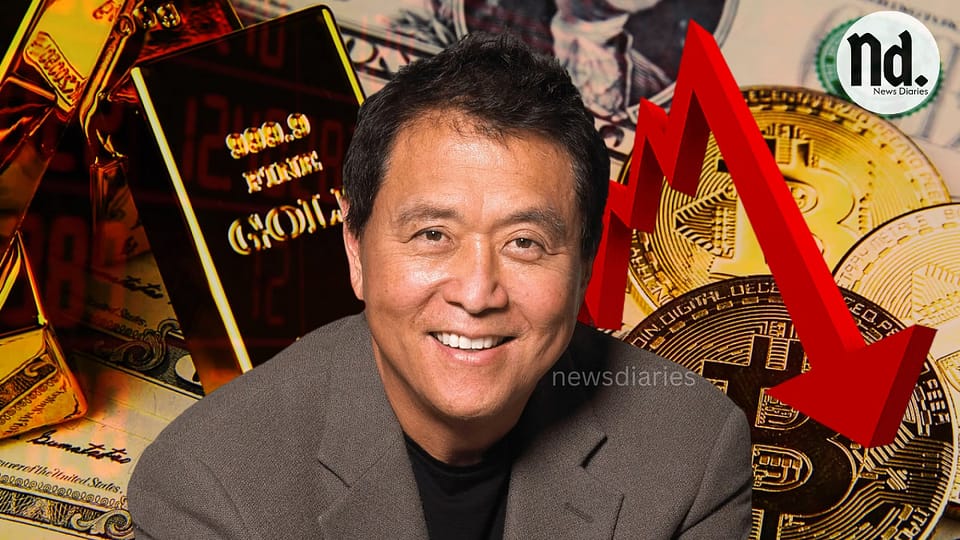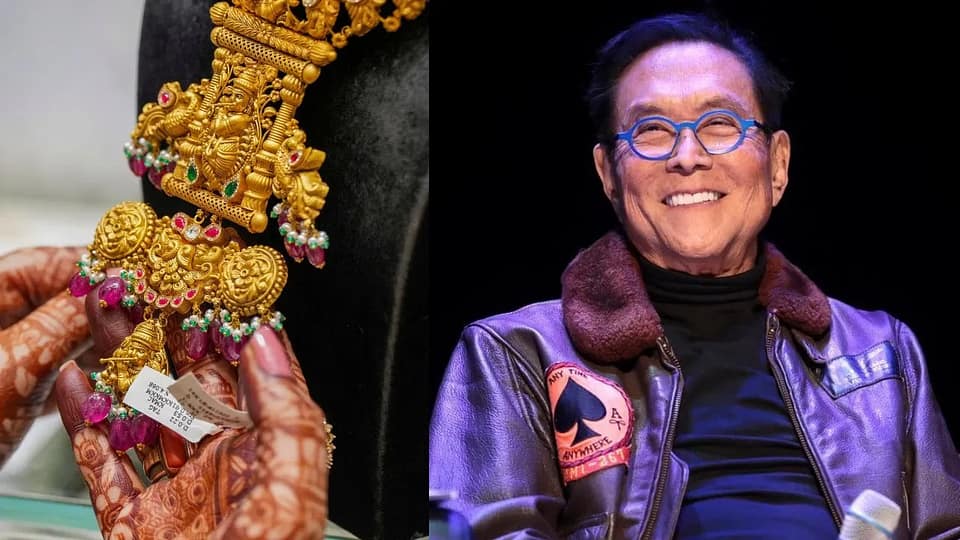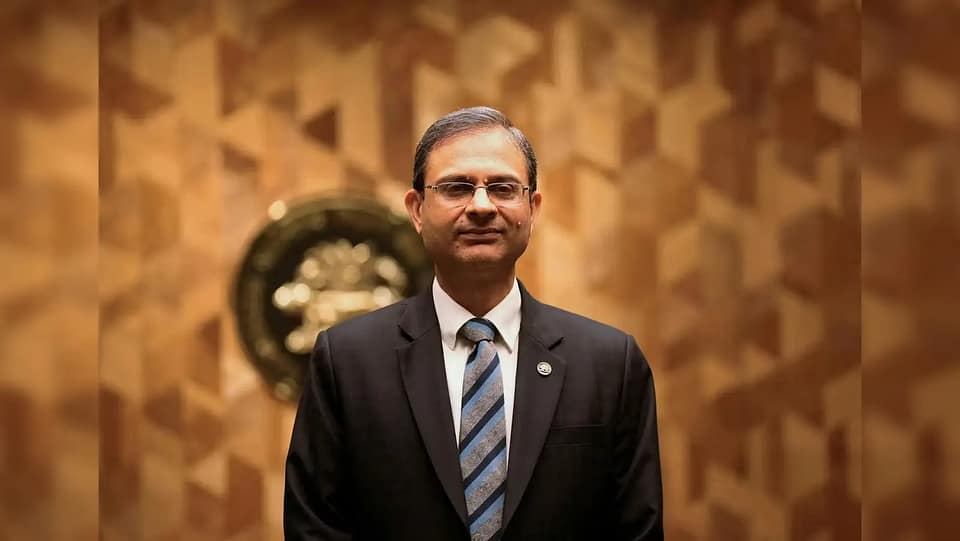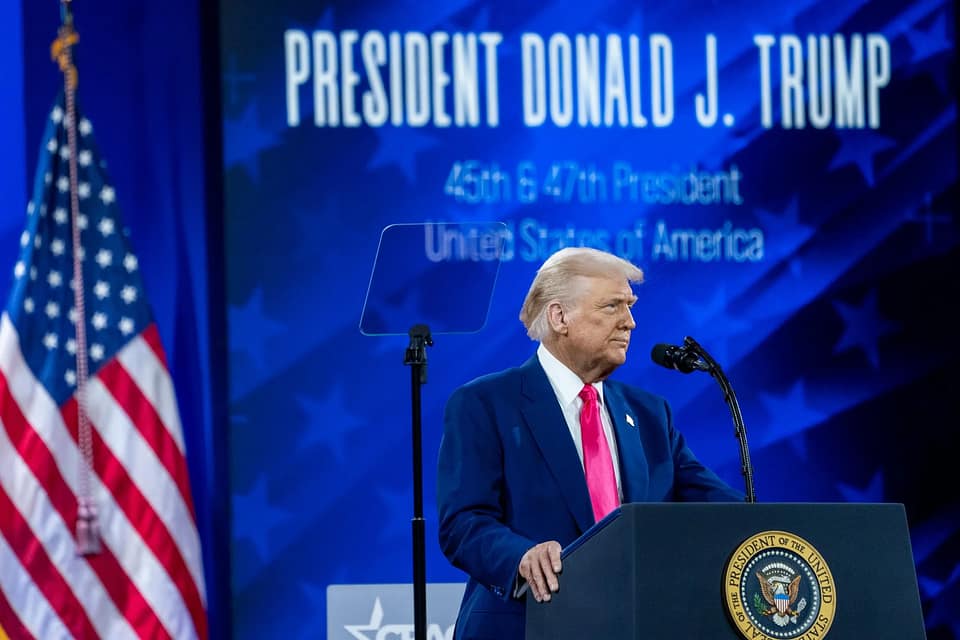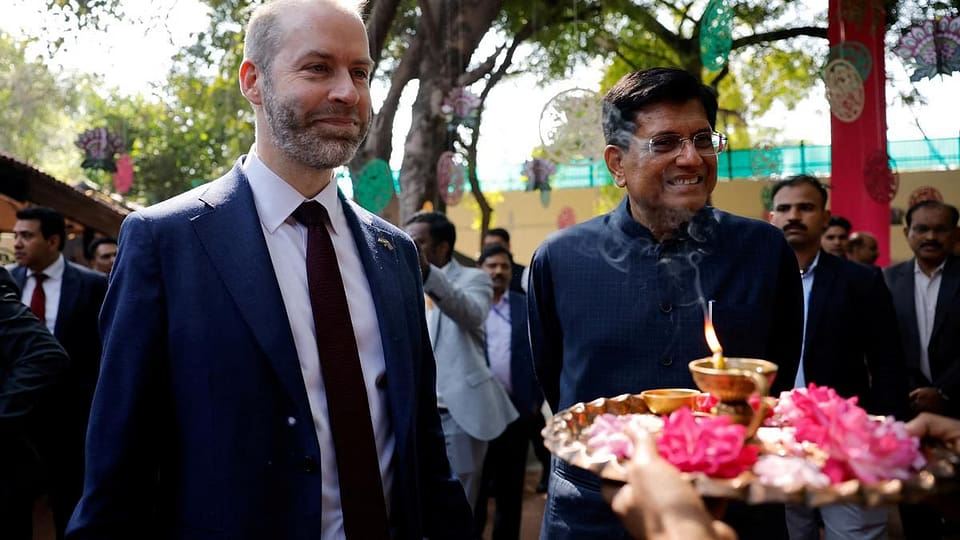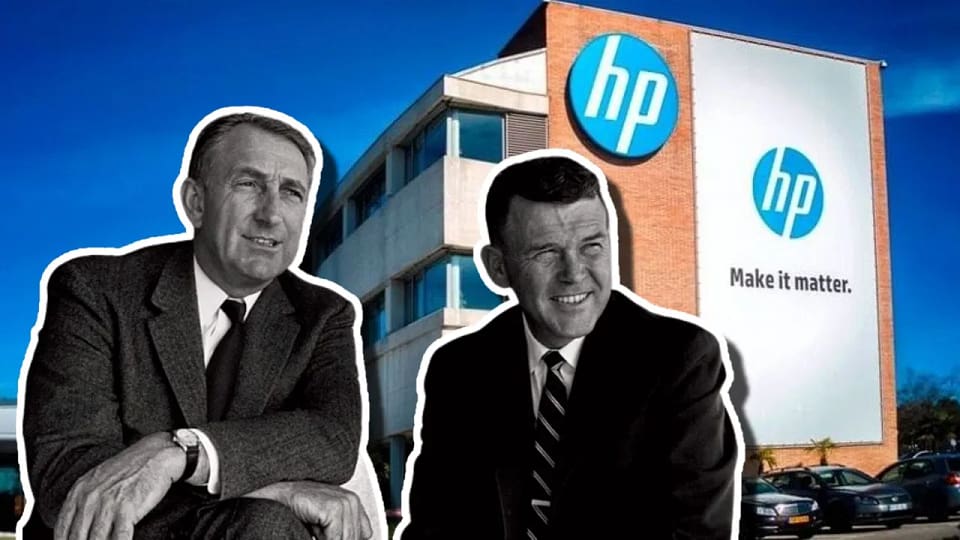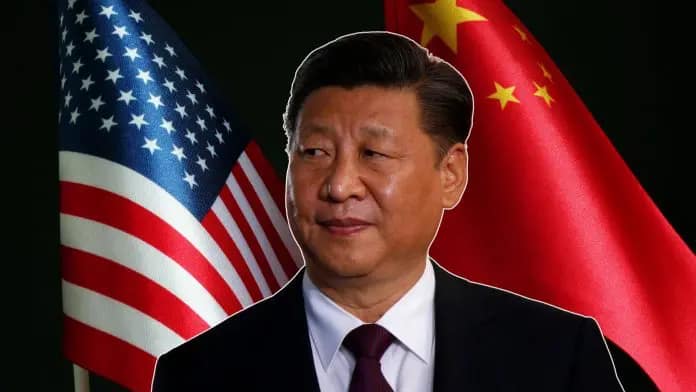Warren Buffett Success Story: Few names in the world of business and investing carry as much weight as Warren Buffett. Known as the “Oracle of Omaha,” Buffett has built a legacy that blends sharp financial acumen, unwavering discipline, and an almost folksy charm that belies his billionaire status. His journey from a paperboy in Nebraska to the helm of Berkshire Hathaway, a conglomerate worth hundreds of billions, is a masterclass in patience, strategy, and the power of long-term thinking. Let’s dive into the story of how Warren Buffett became a titan of modern business.
Early Beginnings: A Mind for Money
Warren Edward Buffett was born on August 30, 1930, in Omaha, Nebraska, the second of three children in a middle-class family. His father, Howard Buffett, was a stockbroker and later a U.S. Congressman, which gave young Warren an early glimpse into the world of finance. But Buffett didn’t just inherit an interest in money—he was practically obsessed with it from the start.
By age 11, Buffett bought his first stock: three shares of Cities Service Preferred at $38 each. He watched the price drop to $27 before it eventually rebounded to $40, at which point he sold, making a modest profit. It was a small win, but the experience taught him a lesson he’d carry for life: patience can pay off. Around the same time, he was running a paper route, selling gum and Coca-Cola door-to-door, and even operating a pinball machine business with a friend. By the time he was a teenager, he’d saved up $9,800—equivalent to over $120,000 today—proving he had a knack for turning small opportunities into real cash.
The Influence of Benjamin Graham
Buffett’s formal education took him to the University of Nebraska and then to Columbia Business School, where he studied under Benjamin Graham, the father of value investing. Graham’s philosophy—buying undervalued stocks with strong fundamentals and holding them for the long haul—struck a chord with Buffett. It wasn’t about chasing trends or gambling on hot tips; it was about finding businesses worth more than their market price and waiting for the world to catch up.
After graduating, Buffett briefly worked for Graham at his investment firm, soaking up every lesson he could. When Graham retired, Buffett returned to Omaha in 1956 and launched Buffett Partnership Ltd., his first investment fund. With just $105,100 pooled from family and friends (and $100 of his own money), he set out to apply Graham’s principles. Over the next 13 years, the partnership delivered a compounded annual return of 29.5%, turning modest investments into serious wealth. By 1969, when he wound down the partnership, Buffett was a millionaire—and he was just getting started.
The Birth of Berkshire Hathaway
Buffett’s most iconic chapter began with a struggling textile company called Berkshire Hathaway. In 1962, he started buying shares of the company, seeing it as undervalued despite its declining business. By 1965, he’d taken control, but the textile industry was a losing battle. Rather than cling to a sinking ship, Buffett pivoted. He began using Berkshire’s cash flow to buy other businesses and stocks, transforming it from a textile mill into a holding company for his growing empire.
One of his first big moves was acquiring National Indemnity, an insurance company, in 1967 for $8.6 million. Insurance businesses generate “float”—premiums paid upfront that can be invested before claims are paid out—and Buffett saw this as a goldmine. He used the float to fund more investments, creating a virtuous cycle of growth. Over the decades, Berkshire scooped up stakes in household names like Coca-Cola, American Express, and Geico, while also buying entire companies like See’s Candies, Dairy Queen, and BNSF Railway. Buffett’s strategy was simple but brilliant: buy great businesses at fair prices and let them compound value over time.
The Coca-Cola Bet and Beyond
One of Buffett’s most famous investments came in 1988 when he poured $1 billion into Coca-Cola, acquiring a 7% stake. At the time, the stock was battered by the 1987 market crash and a failed product launch (New Coke, anyone?). But Buffett saw a timeless brand with global reach and loyal customers. He held onto those shares, and today, Berkshire’s stake in Coca-Cola is worth over $25 billion, not counting decades of dividends. It’s a textbook example of his “buy and hold” philosophy—find a company with a durable competitive advantage (what he calls a “moat”) and stick with it.
Buffett’s success isn’t just about picking winners, though. He’s also known for what he doesn’t do. He avoided the dot-com bubble of the late 1990s, refusing to invest in tech companies he didn’t understand. While others mocked him as out of touch, he had the last laugh when the bubble burst. His discipline—sticking to his circle of competence—kept Berkshire steady while others crashed.
The Power of Compound Interest
If there’s one concept Buffett credits for his wealth, it’s compound interest. He often quotes a line attributed to Albert Einstein: “Compound interest is the eighth wonder of the world. He who understands it, earns it; he who doesn’t, pays it.” Buffett started investing young and let time work its magic. A $1,000 investment growing at 20% annually becomes $46,000 in 20 years and over $2 million in 40 years. Buffett’s been at it for over 70 years, and with Berkshire’s market cap now exceeding $900 billion, his fortune—estimated at $130 billion as of 2025—shows the staggering power of patience.
A Down-to-Earth Billionaire
Despite his wealth, Buffett’s lifestyle is famously frugal. He still lives in the Omaha house he bought in 1958 for $31,500, drives modest cars, and loves McDonald’s breakfasts (he’s said to keep exact change in his car depending on the meal). He’s also a philanthropist at heart. In 2006, he pledged to give away 99% of his fortune, much of it to the Bill & Melinda Gates Foundation, through the Giving Pledge—a commitment he co-founded with Gates to encourage billionaires to donate their wealth.
Lessons from the Oracle
Buffett’s success offers timeless lessons. First, invest in what you understand—don’t chase hype. Second, think long-term; the stock market is a “voting machine” in the short run but a “weighing machine” in the long run, as Graham taught him. Third, temperament matters more than IQ—staying calm amid market chaos is half the battle. And finally, character counts. Buffett’s reputation for integrity has won him trust and loyalty, from shareholders to CEOs.
At 94, Warren Buffett remains a towering figure in business. He’s not just a billionaire—he’s a symbol of what’s possible with discipline, curiosity, and a little Nebraska grit. His story isn’t about overnight riches; it’s about decades of smart choices stacking up into something extraordinary. The Oracle of Omaha didn’t just build a fortune—he built a philosophy that’s inspired generations. And that, perhaps, is his greatest legacy.
Discover more from News Diaries
Subscribe to get the latest posts sent to your email.


